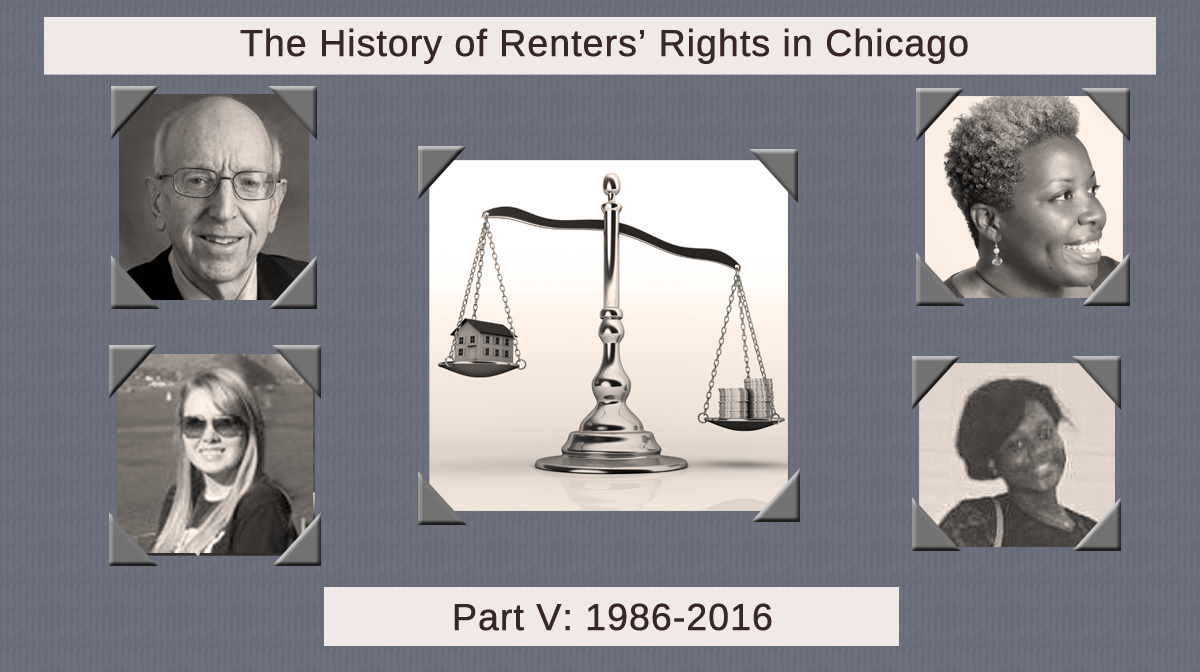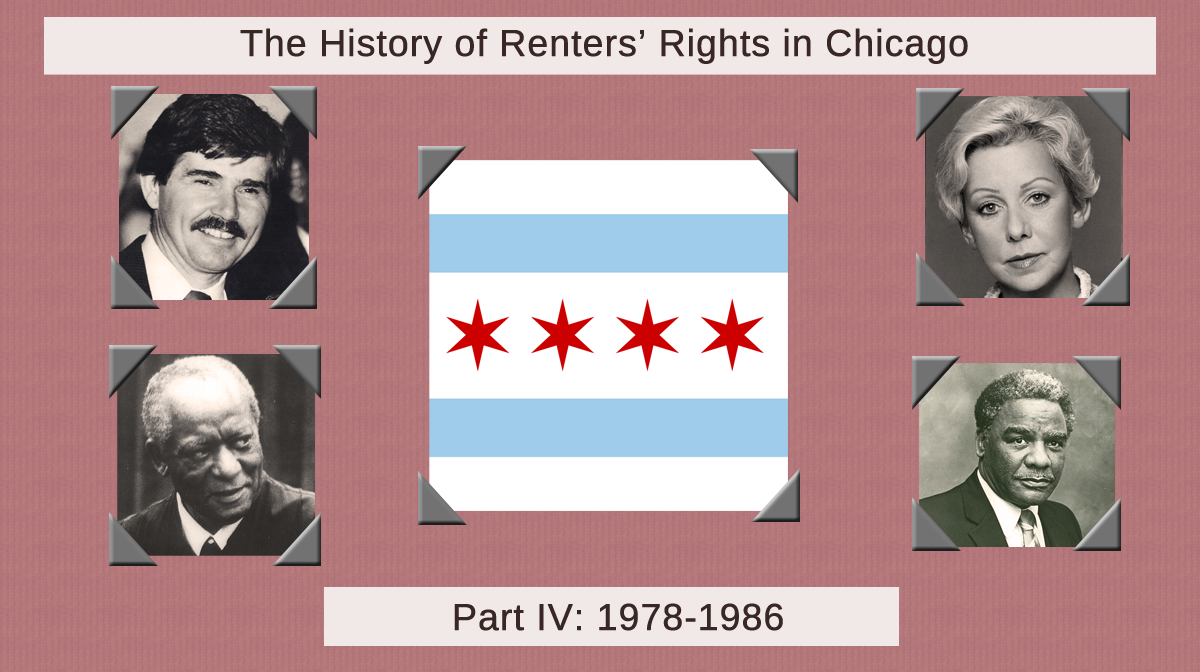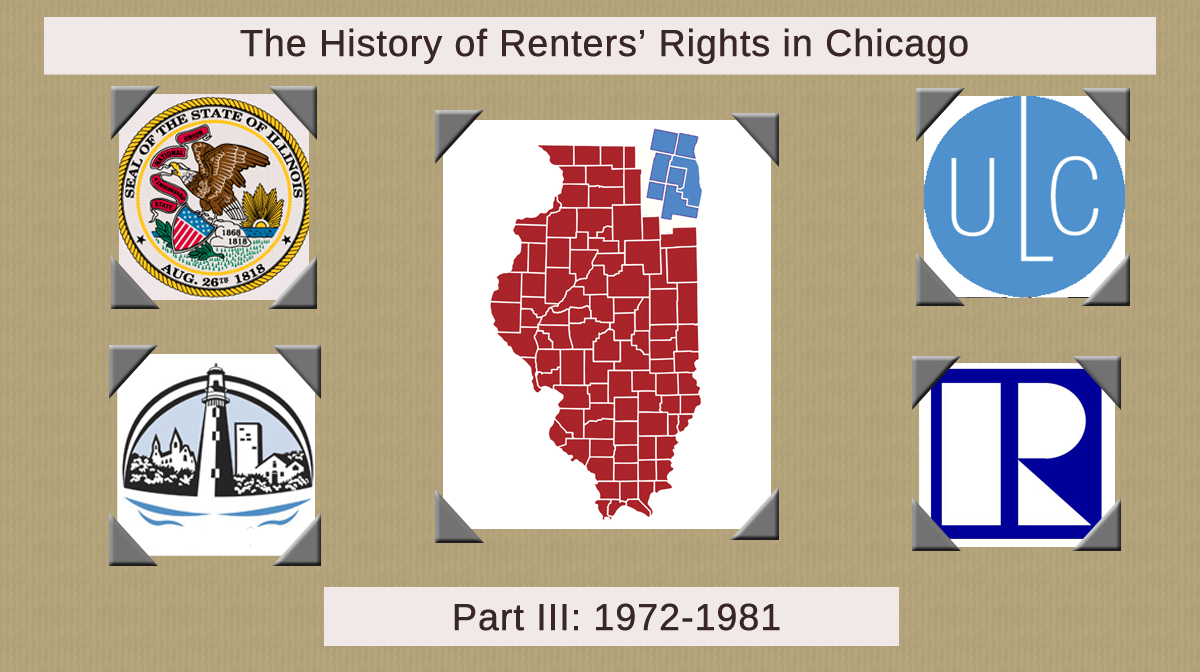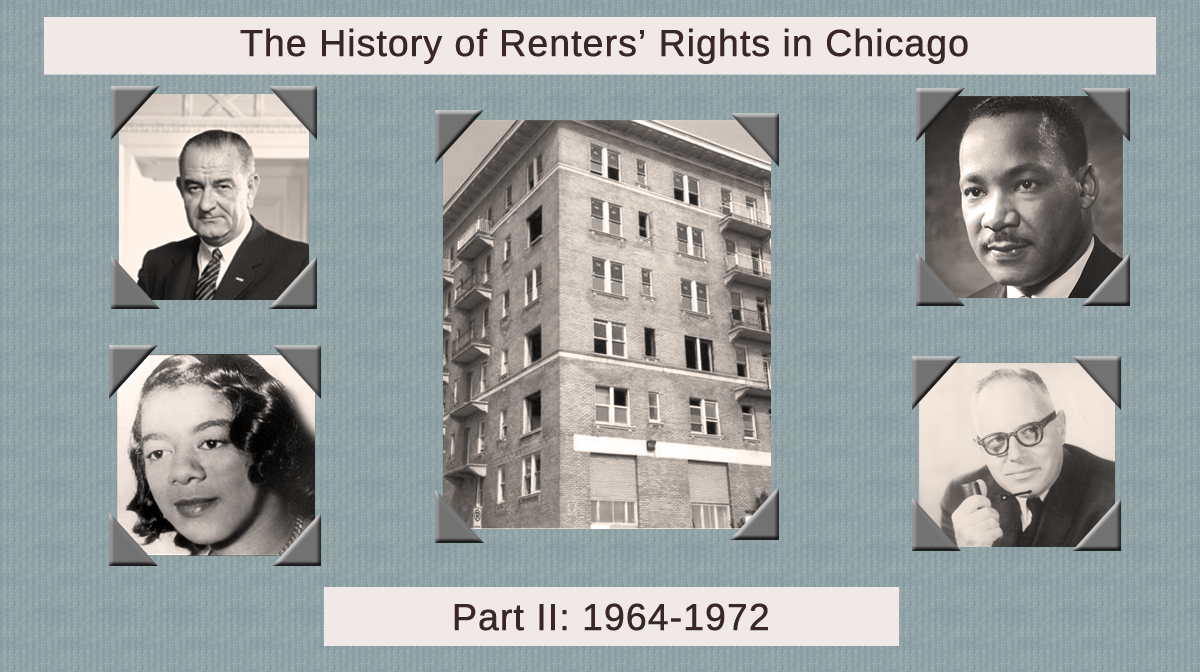Editor’s Note: This article is written in the style of Sir David Attenborough, a well-known narrator of nature documentaries for the BBC. If you are not familiar with his enormous body of work, you can find some examples on Youtube.
Here, in the middle of the vast urban expanse of Chicago, humans are not the only citizens. Some of the great wonders of the natural world take place in and around the Chicago Apartment. Join me… as I explore this world of extraordinary creatures.
Just outside the back door above the third floor landing, a section of roof hides a quiet little space. Sheltered from the driving rain and the howling wind, two determined and resourceful creatures endure the unpredictable and sometimes violent spring weather. These creatures are...
Pigeons.
The existence of majestic creatures like these raises many questions. The most compelling question may be how these pigeons manage to thrive in both a hostile climate and an urban landscape fraught with danger.
As I get closer, I see that this very beautiful pair of dirt-colored birds are keeping each other warm. There is little doubt that this monogamous couple have done this all winter. Because their attachment to home is so deep, the pigeon does not migrate like other birds. These special and precious birds are true city-dwellers.
(pigeon cooing)
Is there a bird that makes a more elaborate, more beautiful, more complex sound? There are contenders, yes, but the pigeon is certainly near the top of the list.
With his orange eyes, the male is peering out from their shelter. Now, with a dramatic flap of his wings, he has left the nest and landed on the porch railing. The female, drawing her head inward, does not want him to leave.
The male surveys the rain-soaked landscape, perhaps looking for an overturned dustbin or perhaps just showing off the breathtaking greenish band on his neck. A great variety of the pigeon's ornamental plumage evolved because the females find it irresistible.
He has spotted what appears to be a piece of popcorn tossed on the porch by a well-meaning tenant. This one morsel will ensure that he and his lifelong mate will remain at their current nesting spot for years to come.
Despite their beauty, these pigeons carry within them a microcosm of their own, full of tiny creatures that can be dangerous to humans. Hidden within their colorful plumage are fleas and mites that will merrily colonize human hair or pet fur. Even the pigeons' waste serves as a home for potentially deadly bacteria and poisonous fungi. These vast but dangerous colonies attract the urban pigeons' main predator: concerned landlords.
The cries of distressed tenants alert the landlord, who descends upon the pigeons and mercilessly ends their time in their tiny roost. But it will only be a matter of months before another pair make their home here and the cycle begins again.
Next time, we will explore the astonishing world of the mouse.
Want more "Life in an apartment?" Check out the first article in the series!
RentConfident is a Chicago startup that provides renters with the in-depth information they need to choose safe apartments. Help us reach more renters! Like, Share and Retweet us!






